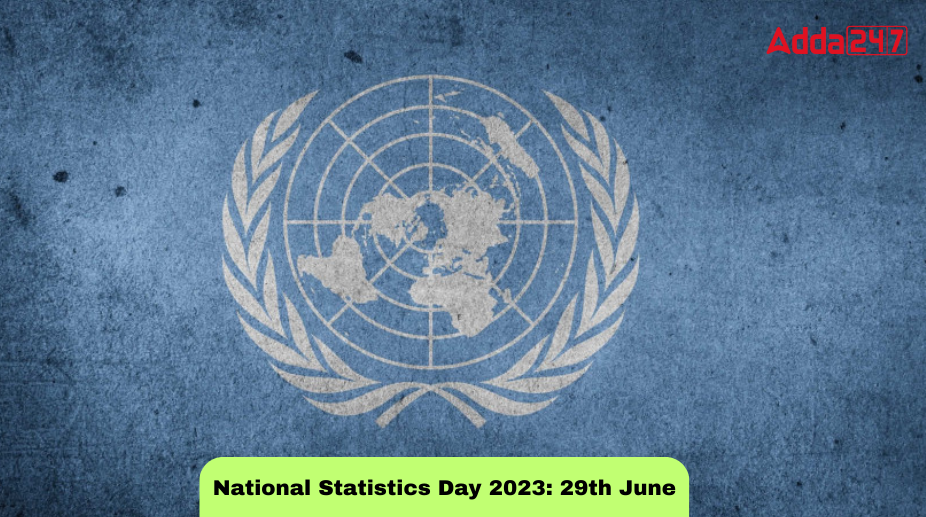International Day of the Tropics is observed annually on June 29. Its purpose is to acknowledge the extraordinary variety of the tropics while shedding more light on the distinctive challenges and opportunities that are faced by tropical areas. To raise awareness about the specific challenges of tropical countries at all levels, and the implications and issues affecting the world’s tropical regions, the International Day of the Tropics is observed on June 29 all across the globe.
Significance of International Day of the Tropic:
The International Day of the Tropics celebrates the extraordinary diversity of the tropics while highlighting unique challenges and opportunities nations of the Tropics face. It provides an opportunity to take stock of progress across the tropics, to share tropical stories and expertise and to acknowledge the diversity and potential of the region.
The Tropics are a region of the Earth, roughly defined as the area between the tropic of Cancer and the tropic of Capricorn. Although topography and other factors contribute to climatic variation, tropical locations are typically warm and experience little seasonal change in day-to-day temperature. An important feature of the Tropics is the prevalence of rain in the moist inner regions near the equator, and that the seasonality of rainfall increases with the distance from the equator. The tropical region faces several challenges such as climate change, deforestation, logging, urbanisation and demographic changes.
History of International Day of the Tropics
The inaugural State of the Tropics Report was launched on 29 June 2014, as the culmination of a collaboration between twelve leading tropical research institutions. The report offers a unique perspective on this increasingly important region. Marking the anniversary of the report’s launch the United Nations General Assembly adopted resolution A/RES/70/267 in 2016, which declared that 29 June of each year is to be observed as the International Day of the Tropics.
The International Day of the Tropics was designated to raise awareness to the specific challenges faced by tropical areas, the far-reaching implications of the issues affecting the world’s tropical zone and the need, at all levels, to raise awareness and to underline the important role that countries in the tropics will play in achieving the Sustainable Development Goals.




 Which Indian City is Known as the Footwe...
Which Indian City is Known as the Footwe...
 Which Desert is known as the Cold Desert...
Which Desert is known as the Cold Desert...
 Top-10 News Media Companies in the World...
Top-10 News Media Companies in the World...







